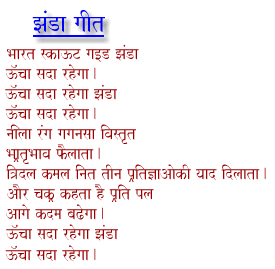HITCHES FOR DWITIYA SOPAN
HITCHES FOR DWITIYA SOPAN
Timber HitchUse for securing a rope around a post or any cylindrical object. It does not jam or slip, no matter how heavy the load and is easy to tie and untie. It is best to complete the Timber Hitch with one or two half hitches near the hauling end to keep the load from twisting.
1. Pass the working end of a rope around the object and take a turn around the standing part. Tuck the working end back around itself three times with the lay of the rope.
2. Add one or two half hitches near the hauling end for hoisting and to keep load from twisting.
2. Add one or two half hitches near the hauling end for hoisting and to keep load from twisting.
Rolling Hitch:A very secure and easy to tie method of fastening a rope to a post. The knot holds firmly in the direction of standing line. The Rolling Hitch is much more secure than the similar clove hitch when tying a rope to a pole or other object.
1. Wrap the end of a line around an object. Repeat, crossing over the standing line a second time.
2. Wrap a third time around the object but wrap above the standing line so as to not cross over it.
3. Pass the free end under the last wrap and pull tight.

Figure EightThe figure eight follow through is one of the strongest knots. It forms a secure, non-slip loop at the end of a rope. Also known as the Flemish Bend, this is the most widely used tie-in knot by mountain climbers. The reason is that it is strong, secure and easy to visually inspect. Climbers often further secure it by tying a back up knot with the tag end.
1. Tie a single eight in the rope two feet from its end. Pass the free end through any tie-in point if desired.
2. Retrace the original eight with the free end leaving a loop at the bottom of the desired size.
3. Pull all four strands of rope to cinch down the knot.

1. Wrap the end of a line around an object. Repeat, crossing over the standing line a second time.
2. Wrap a third time around the object but wrap above the standing line so as to not cross over it.
3. Pass the free end under the last wrap and pull tight.
Figure EightThe figure eight follow through is one of the strongest knots. It forms a secure, non-slip loop at the end of a rope. Also known as the Flemish Bend, this is the most widely used tie-in knot by mountain climbers. The reason is that it is strong, secure and easy to visually inspect. Climbers often further secure it by tying a back up knot with the tag end.
1. Tie a single eight in the rope two feet from its end. Pass the free end through any tie-in point if desired.
2. Retrace the original eight with the free end leaving a loop at the bottom of the desired size.
3. Pull all four strands of rope to cinch down the knot.

Comments
Post a Comment